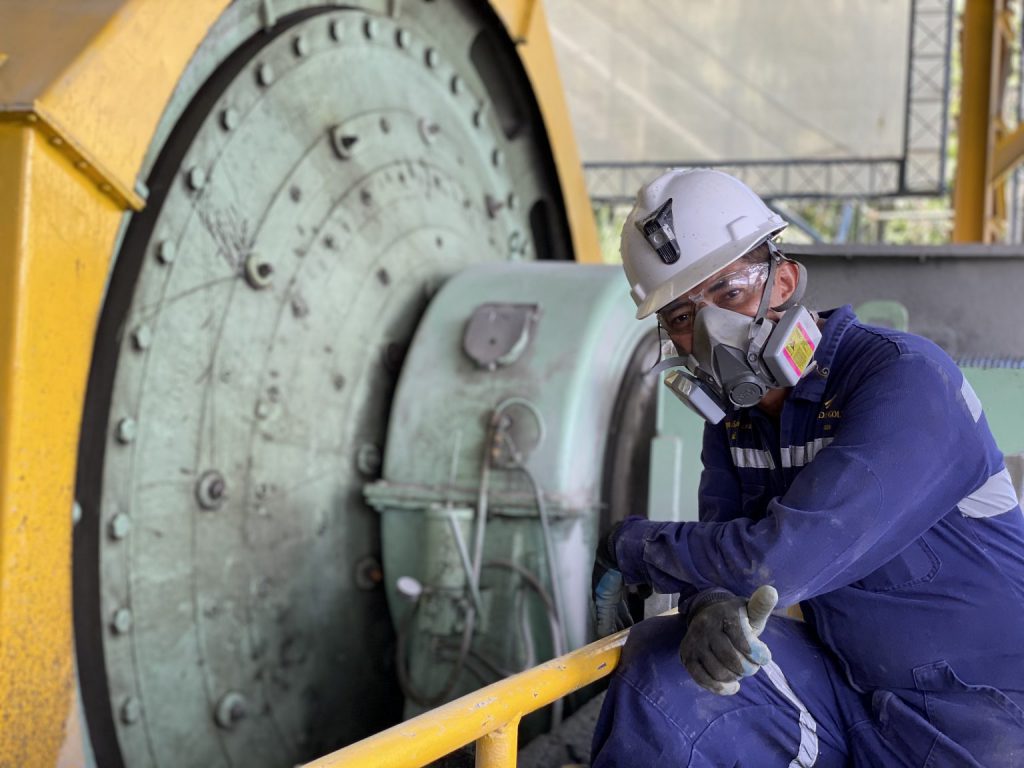
Aris Gold (TSX: ARIS; US-OTC: ALLXF) was formed this year from predecessor company Caldas Gold. In November, Caldas announced the upcoming name change, along with an C$85 million subscription receipt offering and a new board and management team.
The new management — with Neil Woodyer as CEO — includes team members that played key roles with both Leagold Mining (the company merged with Equinox Gold (TSX: EQX; NYSE: EQX) in March 2020) and Endeavour Mining (TSX: EDV; US-OTC: EDVMF).
Aris currently holds two assets — the producing Marmato mine in Colombia and the Juby gold project in Ontario.
Marmato, 80 km south of Medellin, includes an underground mine on the Zona Baja and Enchandia properties. The deposit features two distinct mineralized zones — the Upper zone and the Lower zone. The Upper zone includes narrow veins that are currently mined using cut and fill methods; the material is processed in a 1,200 tonne per day plant. A modernization program is underway to increase output to 1,500 tonnes per day.
The underlying Marmato Deep zone represents a new development opportunity, and hosts wider porphyry mineralization. Aris’ plans include a new 4,000 tonne-per-day plant and development beneath the Upper zone — construction is expected to start in the fourth quarter. With a capital cost estimate of $269 million, first gold production is anticipated before the end of 2023.
According to a prefeasibility study from July 2020, Marmato would produce an average of 165,400 gold oz. annually between 2024 and 2033, once the Deep zone is in steady state, at all-in sustaining costs of $872 per ounce.
In 2020, Marmato generated 24,000 gold ounces.
Aris also holds the Juby project in the Abitibi greenstone belt, 15 km from Gowganda. Based on a resource update from October, there are two open pit deposits at the site, with a total of 21.3 million indicated tonnes grading 1.13 grams gold per tonne that host 773,000 gold oz., and 47.1 million inferred tonnes at 0.98 gram gold per tonne that feature 1.5 million oz. of gold. The deposits remain open.
The site covers 10 km of strike along the trend that hosts the Cote gold project being developed by Iamgold (TSX: IMG; NYSE: IAG) and Sumitomo Metal Mining.
Aris Gold has a C$308.2 million market capitalization.
Aurania Resources
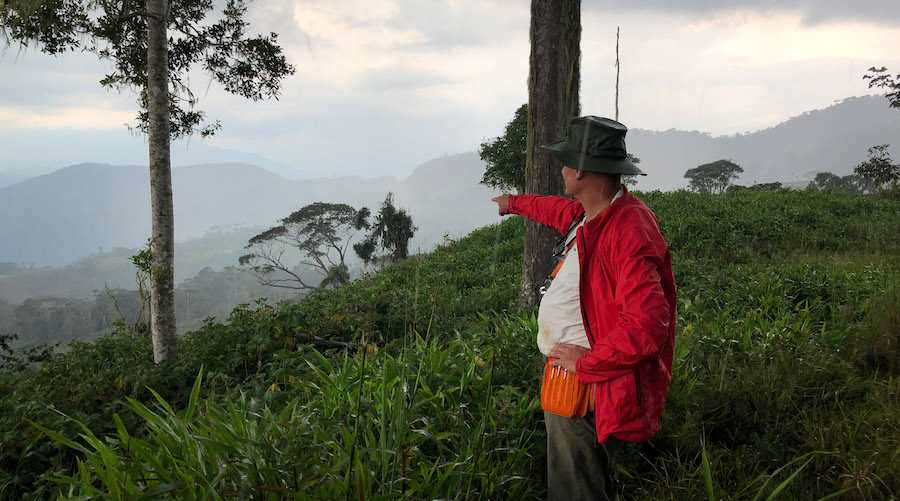
Aurania Resources (TSXV: ARU; US-OTC: AUIAF) is using a multi-layered exploration approach to track down gold, copper and silver deposits at its 2,080-sq.-km Lost Cities – Cutucu project in southeastern Ecuador, which lies along 95 km of the Cordillera del Condor. This geological trend is also host to Lundin Gold’s (TSX: LUG; NASDAQ: LUG) Fruta del Norte mine and the Mirador open-pit copper mine. Aurania expects this belt to extend into northern Peru and, in February, announced that it has been granted 3,840 sq. km in the country.
At Lost Cities – Cutucu, the company is looking for the Logrono and Sevilla gold-producing centres from Spanish colonial times, using techniques such as LiDAR (light detection and ranging) to image below thick vegetation.
Aurania sees potential for several deposit types at the Ecuador project. These include epithermal gold, like Fruta del Norte, which often feature specific pathfinder elements above the gold-bearing veins. The company targeted pathfinder elements to locate potential epithermal vein systems in the southern part of the property and completed scout drilling at the Crunchy Hill and Yawi targets.
Additional deposit targets include sedimentary-hosted copper-silver, with a mineralized sedimentary sequence traced over an area of 23 km by 7 km on Aurania grounds; porphyry copper; and silver-zinc-lead systems, with a 15-km long trend silver-zinc-lead-barium trend — the Shimpia target — defined at the site.
In February, Aurania started scout drilling the Tsenken N1 target at Lost Cities – Cutucu, where copper-silver mineralization is exposed at surface with an underlying geophysical anomaly, targeting porphyry mineralization. Also in February, the exploration company selected initial drill sites to test potential zones of high-grade silver at the 75-sq.-km Tiria-Shimpia silver-gold target. Outcrops in two streams on the margin of this 15-km-long trend returned rock chip samples with grades of up to 356 grams silver per tonne and 12.7% zinc; and 199 grams silver and 22% zinc, as reported in September 2019.
According to an update from January, geophysical surveys have also defined an exploration target, with porphyry characteristics, at the Yawi area. Geophysics has also traced a target on the edge of the Tsenken Central magnetic feature — Tsenken West — that extends out for 3.5 km from Tsenken N1.
Aurania Resources has a C$140 million market capitalization.
Cornerstone Capital Resources
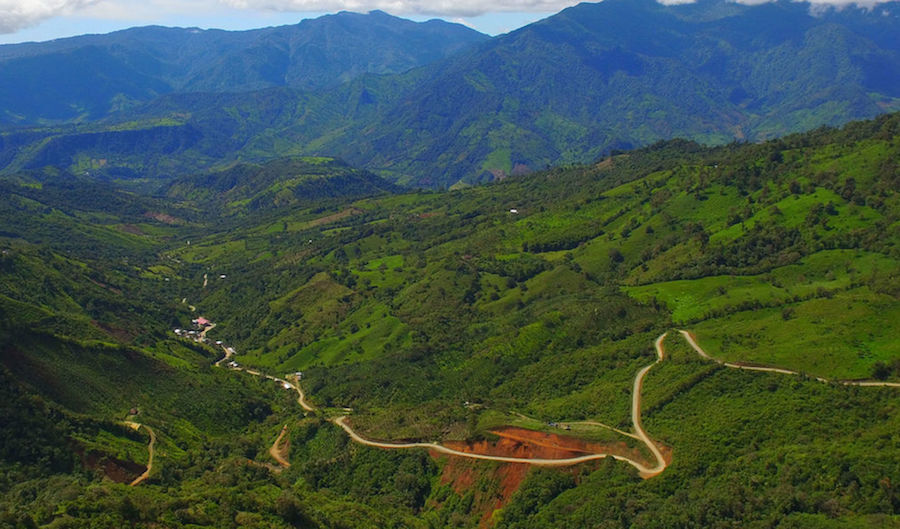
Cornerstone Capital Resources (TSXV: CGP; US-OTC: CTNXF) is an Ecuador and Chile-focused prospect generator, with a portfolio of gold, silver and copper assets in the two countries. The company’s key holding is a 21.4% interest in the Cascabel copper-gold porphyry deposit in Ecuador. SolGold (TSX: SOLG; LSE: SOLG) is the company’s joint-venture partner in the project; Cornerstone holds a 15% carried interest in the JV, as well as a 7.5% equity stake in SolGold.
The Alpala deposit within the Cascabel concession features a measured and indicated resource of 2.7 billion tonnes grading 0.53% copper-equivalent (0.37% copper, 0.25 gram gold per tonne, 1.08 grams silver per tonne) and an inferred resource of 544 million tonnes at 0.31% copper-equivalent (0.24% copper, 0.11 gram gold and 0.61 gram silver).
According to Cornerstone’s corporate presentation, Cascabel is “the only available tier 1 copper-gold asset in the world not owned by a global, multi-national mining company.”
A prefeasibility study for Cascabel is underway, with results expected later this year. In September, royalty and streaming company Franco-Nevada (TSX: FNV; NYSE: FNV) completed a $100 million royalty financing with SolGold, in exchange for a perpetual 1% net smelter return royalty on the Cascabel concession. The funds are intended to advance Alpala through to a feasibility study and development decision.
This year, a 28,795-metre resource extension program is planned for Alpala, in addition to a 19,250-metre resource definition campaign at three satellite prospects.
Cornerstone also has a joint venture with Ecuadorian state-owned mining company Enami at the Rio Magdalena, Playa Rica and Espejo properties, southwest and northeast of Cascabel.
Cana Brava, where, based on an April 2019 farm-in agreement with Newcrest Mining (TSX: NCM), Cornerstone may earn a 100% interest, hosts epithermal gold-silver zones with hydrothermal breccia zones on top of porphyry-style gold-copper mineralization.
Cornerstone also has a 12.5% interest (87.5% Sunstone Metals (ASX: STM)) in the 49-sq.-km Bramaderos concession in southwestern Ecuador’s Loja province, which is underlain by a cluster of gold-copper porphyries. A 5-km-long gold and copper in-soil anomaly has been traced at the property. Drilling is underway at the Brama target.
In January, Cornerstone announced drill results from the Espiritu target, with one of the drillholes returning five intervals of mineralization, including 3.8 metres of 11.77 grams silver and 1.54 gram gold; and 0.4 metres of 355 grams silver, 0.36 gram gold and 3.55% zinc.
Cornerstone Resources has a C$136.1 million market capitalization.
Lucky Minerals
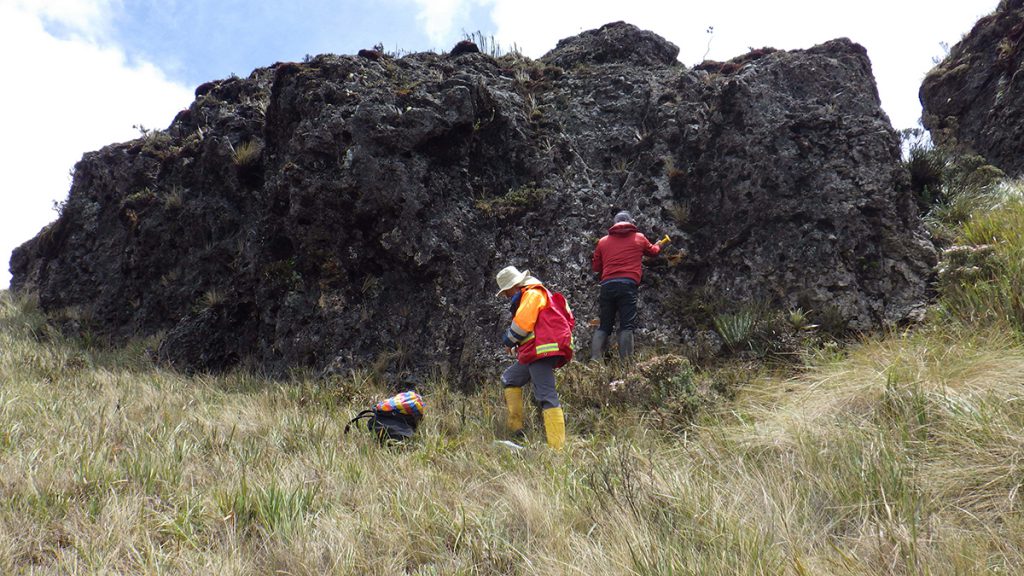
Lucky Minerals (TSXV: LKY; US-OTC: LKMNF) is exploring for gold and copper within its 550-sq.-km Fortuna project in south-central Ecuador. The site is on trend with large-scale deposits such as Lundin Gold’s (TSX: LUG) Fruta del Norte mine and Solaris Resources’ (TSX: SLS; US-OTC: SLSSF) Warintza project.
A northeast trending volcanic belt, the Shincata gold trend, extends across over 22 km of the northwest portion of the Fortuna concessions. Exploration work completed by Lucky has identified the El Garo, Emma and Sherman prospects within this trend.
In February, Lucky announced that it had started field work at Fortuna — soil sampling will initially focus on the 2 km by 1 km El Garo high-sulphidation epithermal prospect. Once the soil samples are assayed, the junior plans to complete a trenching program, as well as ground geophysics and a drill program over this area.
In November of last year, the company defined an area with potential for a large tonnage, low-grade target at the Sherman prospect, at the intersection of two regional trends. There are three zones with potential for ‘large-tonnage’ mineralization at Sherman, which covers an area of 5.5 km by 4.5 km. The latest zone includes schist-hosted quartz veins and granite-hosted stockwork quartz vein zones. Rock chip sample assays include up to 1.6 gram gold over 1 metre.
The company is focusing on completing geochemical work and reviewing the structural geology of the area. Lucky anticipates that additional field work is needed between the first two zones, which lie approximately 1.7 km apart, with the third zone defined approximately 1.5 km to the southwest of the second.
According to an October press release, fieldwork at the Emma prospect has also outlined an alteration zone over an area of 2.8 km by 2 km. Rock chip sample results have confirmed anomalous gold. Emma is approximately 8 km south of the El Garo prospect and 6.6 km from Sherman.
Prior to that, in September, Lucky also discovered a quartz vein system at the Fortuna 3 and 4 concessions.
Lucky Minerals has a C$6.1 million market capitalization.
Orosur Mining
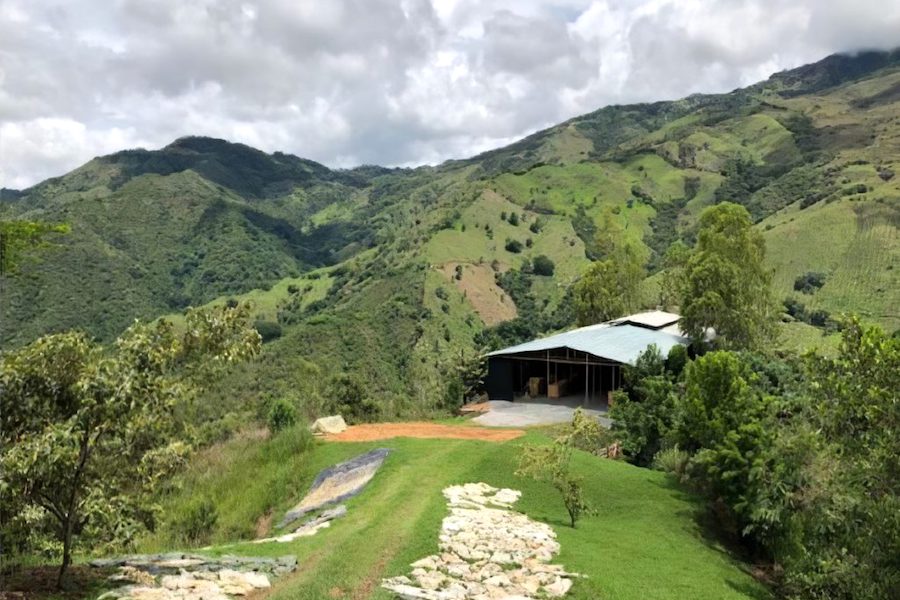
Orosur Mining’s (TSX: OMI; AIM: OMI) key asset is the 207.5-sq.-km Anza project in Antioquia, Colombia, where a three-phase earn-in is underway with Newmont (TSX: NGT; NYSE: NEM) and Agnico Eagle Mines (TSX: AEM; NYSE: AEM), which would allow the majors to earn up to a 75% interest in the project.
Based on a September 2018 three-phase exploration agreement with venture option with Newmont, the major may earn up to a 75% interest in Anza by spending at least US$30 million on exploration over 12 years, completing a feasibility study and making total cash payments of $4 million to Orosur in the first two phases.
In the first phase, Newmont may earn a 51% share by spending $10 million on the project over four years and paying Orosur $2 million in the first two years of the earn-in. Once Newmont completes this phase, it may choose to form a joint venture with Orosur. In the second phase, Newmont can earn a further 14% interest in Anza by funding $20 million of work within four years, completing a prefeasibility study and paying Orosur $2 million. Finally, in phase three the gold major can earn an additional 10% share of the project by completing a feasibility study.
Once Newmont completes the three-phase earn-in, Orosur can designate Newmont to fund expenses at the site till the start of commercial production — this option would increase the major’s interest by 5% to 80%. In this scenario, Newmont would also receive 90% of Orosur’s project earnings or dividends until Orosur’s share of expenses incurred by Newmont has been repaid, with interest.
In September 2020, Agnico Eagle joined Newmont by forming a 50-50 exploration JV, operated by Agnico, to explore Anza and participate in the earn-in.
Drill results, reported in February, from four holes completed at the Apta target included highlights such as 21.6 metres of 6.02 grams gold per tonne, 6 grams silver per tonne and 3.23% zinc; and 12.3 metres of 5.39 grams gold, 1.65 grams silver and 0.18% zinc. The Apta area has been defined over 450 metres of strike and down to a depth of 280 metres.
According to Brad George, the company’s CEO, Apta is emerging as a “polymetallic, gold-rich, VMS (volcanogenic massive sulphide) deposit.”
A 7,000-metre, four-rig diamond drill program is underway at the site.
There are multiple untested targets at Anza. While the Apta area was drilled first due to existing workings and a mining permit, the Guaimarala area features the best geochemical results. Geophysical and geochemical surveys are also planned for Anza this year.
Anza is 50 km west of Medellin.
Outcrop Gold
Outcrop Gold (TSXV: OCG; US-OTC: MRDD.F) is a Colombia-focused exploration company with five exploration projects in the country. The Santa Ana and Mallama projects are the company’s two most advanced holdings.
Santa Ana covers over 240 sq. km and is 190 km from Bogota. The property hosts five parallel vein systems over a trend that is 30 km long and 12 km wide. Mining records in this district date back to the 16th century. The core Santa Ana holding features at least 12 main vein zones that collectively cover up to 14 km of strike. Past drilling suggests mineralization from surface to depths of at least 300 to 450 metres.
In January, Outcrop announced assay results from a new shoot — San Juan — at Santa Ana. Intercepts of note included 1.8 metres of 1,329 grams per tonne of silver-equivalent and 1 metre of 988 grams per tonne silver-equivalent. According to CEO Joe Hebert, Santa Ana exploration has been generating a high-grade shoot for every 2,100 metres drilled.
Also in January, the junior reported assay results from the El Dorado target, 1.5 km from San Juan, where drilling expanded the known mineralization. Highlight assays included 1.2 metres of 20.3 grams gold-equivalent and 0.6 metres of 23.1 grams gold-equivalent. The drilling indicates that El Dorado is made up of at least four parallel, closely spaced veins. In addition, Outcrop sees potential for a sixth high-grade discovery at the Paradiso vein that outcrops 200 metres east of the El Dorado vein set and includes 600 metres of untested prospective strike.
Outcrop also completed a geophysical program at Santa Ana and, in January, started an airborne survey over an area of 36 km by 10 km. The surveys are intended to generate new targets that could help locate additional high-grade shoots.
Mallama, 56 km away from the regional capital San Juan de Pasto, covers a portion of the Piedrancha district, which, according to Outcrop, is “one of the largest and most important epithermal districts in Colombia.” Mapping and sampling at the site suggests the presence of groups of high-angle, high-grade gold and silver veins.
Earlier-stage assets include Antares, 20 km northeast of Medellin and 30 km north of the Gramalote gold project held by B2Gold (TSX: BTO; NYSE: BTG) and AngloGold Ashanti (JSE: ANG); the Oribella project that adjoins Orosur’s Anza; and past-producing Argelia, 75 km southeast of Medellin.
In February, Outcrop announced an C$8 million bought deal.
Outcrop Gold has a C$36.3 million market capitalization.
Salazar Resources
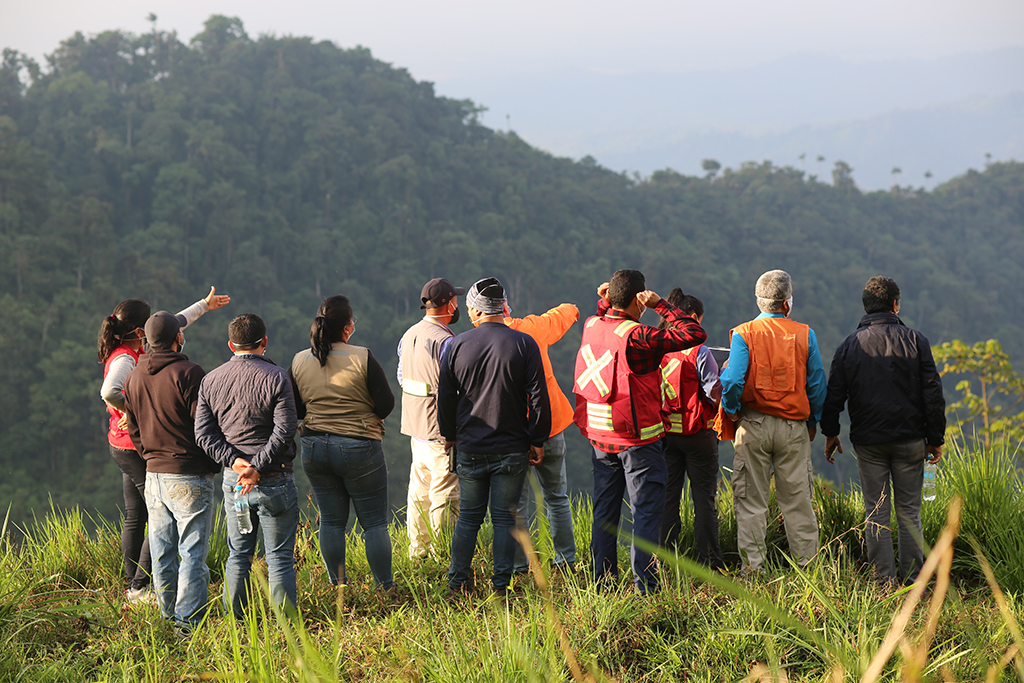
Salazar Resources (TSXV: SRL) holds a portfolio of pre-production mineral assets in Ecuador. Its most advanced asset is a 25% fully carried interest in the 215-sq.-km Curipamba project in central Ecuador, where a farm-in agreement is in place with Adventus Mining (TSXV: ADZN; US-OTC: ADVZF). A feasibility study is underway for the copper-gold El Domo deposit at Curipamba, with results expected this year.
Under a 2017 agreement between Adventus and Salazar, Adventus may earn a 75% interest in Curipamba by spending $25 million on exploration and development over a five-year period and completing a feasibility study for the El Domo volcanogenic massive sulphide deposit. After the feasibility is complete, Adventus would be required to fund the entirety of the development costs through to commercial production.
Under this agreement, Adventus would be the project operator and receive a 10% management fee on specific expenses, with a $350,000 annual minimum. Once the project reaches commercial production, Adventus would receive 95% of the dividends from Curipamba until its investment has been recovered. Dividends would then be shared on a pro-rata basis, based on ownership.
A 2019 preliminary economic assessment outlined a 1,750 tonne-per-day open pit mine with underground operations starting up in year ten, at a rate of 1,000 tonnes a day. In the first 14 years, the mine would produce an average of 19,000 copper-equivalent tonnes (8,495 tonnes of copper, 24,433 gold oz., 10,831 tonnes of zinc, 558,160 oz. of silver and 564 tonnes of lead) at cash costs of 96¢ per copper lb. The initial capital cost estimate came in at $185 million. Based on metal price assumptions that include $3.15 per lb. copper, the after-tax net present value estimate stands at $288 million, based on an 8% discount rate.
El Domo includes measured and indicated resources of 8.9 million tonnes grading 2% copper, 0.28% lead, 2.93% zinc, 2.56 grams gold per tonne and 51 grams silver per tonne; and inferred resources of 1.3 million tonnes at 1.52% copper, 0.2% lead, 2.25% zinc, 1.83 grams gold and 42 grams silver.
Salazar also holds 20% interests in the Pijili and Santiago projects farmed out to Adventus. Drilling is underway at Pijili.
In January, Salazar announced plans to drill the wholly owned Los Osos, Macara Mina, Ruminahui and Los Santos properties. Drill results, reported in February, from the Los Osos project included highlight intercepts such as 243.7 metres of 0.31 gram gold per tonne and 0.06% copper starting at surface and 1 metre of 22.9 grams gold from 319 metres.
Salazar Resources has a C$43.7 million market capitalization.
Sierra Metals
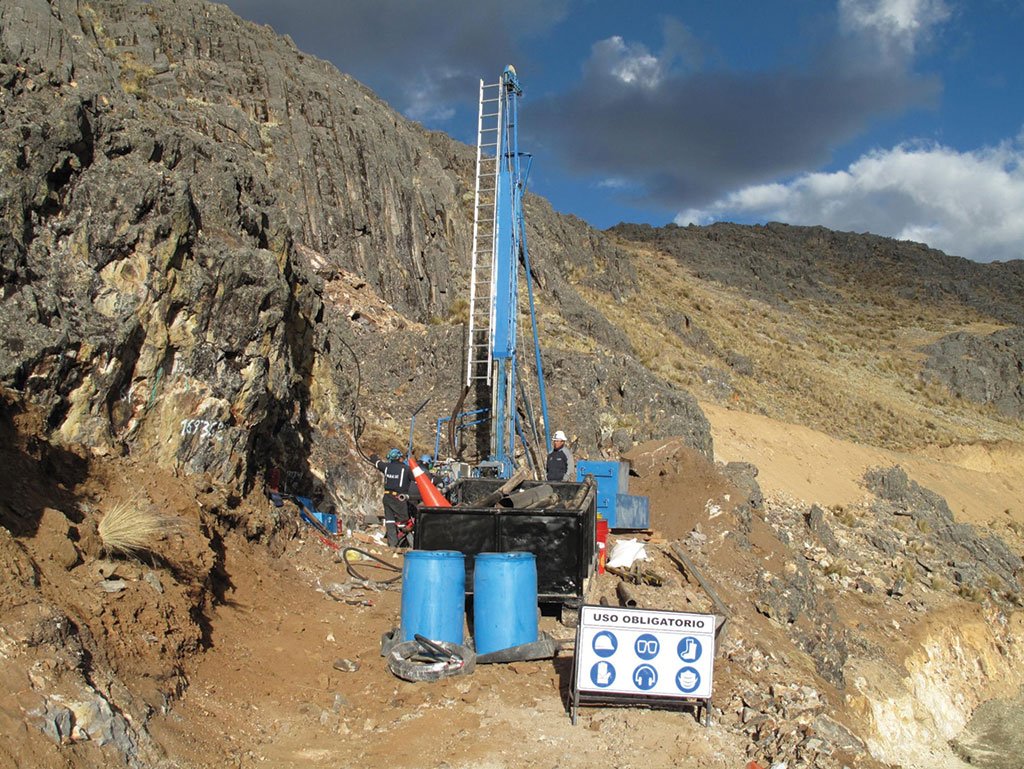
Sierra Metals (TSX: SMT; NYSE: SMTS) is a three-asset producer of zinc, copper, gold, lead and silver, holding three mines in Mexico and Peru.
The Yauricocha underground mine in Peru is Sierra’s largest production contributor and is completing an expansion to 3,600 tonnes per day, up from 3,150 tonnes per day. In 2020, Yauricocha generated 75.1 million copper-equivalent lb., and produces copper, zinc and lead concentrates with gold and silver by-products. This year, the mine is expected to churn out 79.3 to 85.6 million lb. of copper-equivalent, at all-in sustaining costs of $1.89 to $1.98 per copper-equivalent lb.
In November, Sierra released the results of a preliminary economic assessment on an expansion of Yauricocha, which suggested a throughput increase to 5,500 tonnes per day. Based on the PEA, the incremental benefit upping throughputs to 5,500 tonnes per day, up from the 3,600 tonne-a-day range, bring in an additional net present value pegged at $27.1 million, at an 8% discount rate, with a 29.5% internal rate of return, based on $3.05 per lb. copper.
The 5,000 tonne-per-day Bolivar underground mine in Chihuahua state, Mexico is primarily a copper operation, and, last year, produced 35.8 million lb. of copper-equivalent. This year, Bolivar is expected to contribute 37.5 to 41.5 million lb. of copper-equivalent, at AISCs of $1.92 to $2.05 per lb.
Exploration at Bolivar is focused on the Bolivar Northwest and Bolivar West targets. According to Sierra’s corporate presentation, Bolivar West has an average in-situ grade of 2.55% copper-equivalent, with an average true width of 9.1 metres, which is above the current mine head grades. Ramp development is underway to the Bolivar Northwest and Cineguita areas, to include these zones in future mill feed.
The 1,200 tonne-per-day Cusi mine, also in Chihuahua state, generates over 95% of its revenues from silver. Last year, Cusi contributed 1 million silver-equivalent oz., with 1.7 million silver-equivalent oz. expected this year, at AISCs of $21.43 to $22.46 per ounce.
In January, the company announced that it started a process to “explore and evaluate potential strategic alternatives focused on maximizing shareholder value.” The news release noted that these could include a sale of the company, the sale of certain assets or a merger or combination.
Sierra Metals has a C$553.5 million market capitalization.
(This article first appeared in The Northern Miner)




